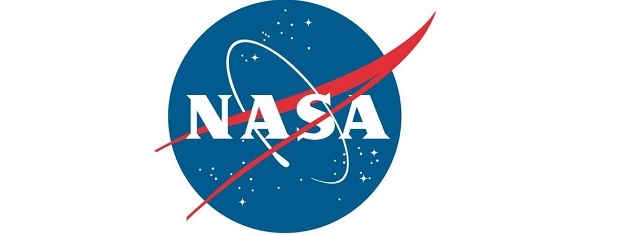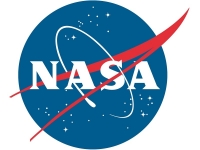Vips
STARS Join NASA to Mark Anniversary, Celebration of Diversity
Real People Behind Hidden Figures

(Source: NASA)
USPA NEWS -
NASA will kick off a yearlong centennial celebration for its Langley Research Center in Hampton, Virginia, with events Thursday, Dec. 1 highlighting the critical work done by the African American women of Langley's West Computing Unit, a story told in the book and upcoming movie Hidden Figures.
NASA will kick off a yearlong centennial celebration for its Langley Research Center in Hampton, Virginia, with events Thursday, Dec. 1 highlighting the critical work done by the African American women of Langley's West Computing Unit, a story told in the book and upcoming movie Hidden Figures.
The day will begin with an education event at 11 a.m. EST, featuring :
* NASA Administrator Charles Bolden
* Film director Ted Melfi
* Octavia Spencer, who plays NASA mathematician Dorothy Vaughan in the movie
NASA Chief Historian Bill Barry, who consulted on the film
* NASA Modern Figure Julie Williams-Byrd, an electro-optics engineer for the Space Mission Analysis Branch at Langley.
The day will begin with an education event at 11 a.m. EST, featuring :
* NASA Administrator Charles Bolden
* Film director Ted Melfi
* Octavia Spencer, who plays NASA mathematician Dorothy Vaughan in the movie
NASA Chief Historian Bill Barry, who consulted on the film
* NASA Modern Figure Julie Williams-Byrd, an electro-optics engineer for the Space Mission Analysis Branch at Langley.
This event will stream to schools across the country and air live on NASA Television and the agency's website. In the evening, the Virginia Air and Space Center in Hampton will host a special screening of the movie for NASA officials and the families of the women featured in the movie and the book on which it's based, written by Hampton native Margot Lee Shetterly.
Langley was established in 1917 as the nation's first civil aeronautics laboratory, and became the birthplace of the U.S. space program in the 1950s. It was here that Neil Armstrong and other astronauts learned to land on the moon in the 1960s, and the women featured in Hidden Figures ““ Katherine Johnson, Mary Jackson and Dorothy Vaughan, known as 'human computers' ““ helped put John Glenn in orbit.
Source : NASA
Ruby BIRD
http://www.portfolio.uspa24.com/
Yasmina BEDDOU
http://www.yasmina-beddou.uspa24.com/
Source : NASA
Ruby BIRD
http://www.portfolio.uspa24.com/
Yasmina BEDDOU
http://www.yasmina-beddou.uspa24.com/
Ruby Bird Yasmina Beddou Real People Hidden Figures Stars Nasa Mark Anniversary Celebration Of Diversity
Liability for this article lies with the author, who also holds the copyright. Editorial content from USPA may be quoted on other websites as long as the quote comprises no more than 5% of the entire text, is marked as such and the source is named (via hyperlink).






